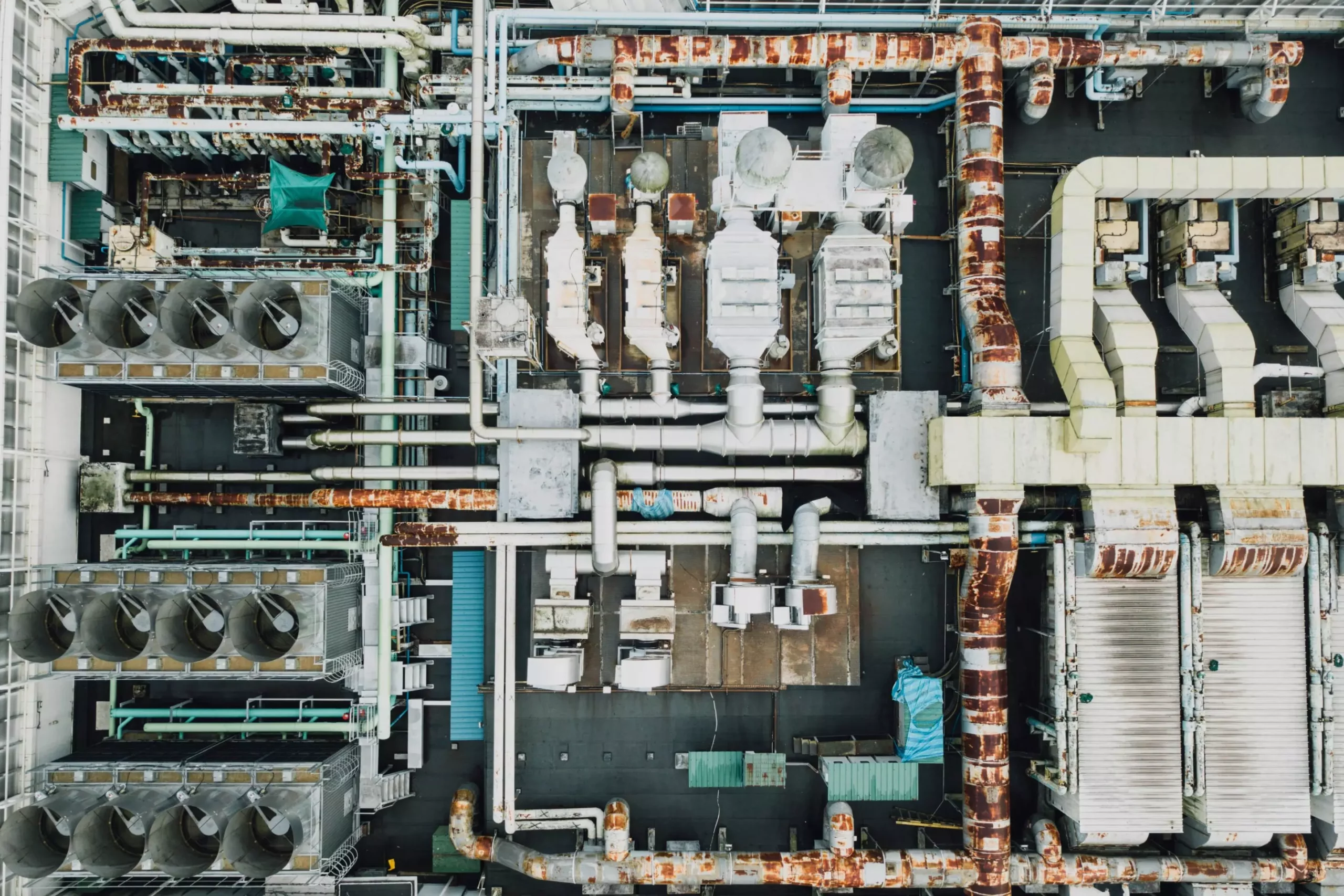The field of robotics is evolving rapidly, particularly in applications that prioritize safety and efficiency in hazardous environments. The Interactive and Robotic Systems Lab (IRS) at Universitat Jaume I in Castellón has made significant strides in this domain by developing a modular manipulator robot. This technological advancement is poised to transform how inspections are conducted, particularly in challenging settings where human intervention could prove perilous.
The newly designed manipulator robot is characterized by its lightweight and modular construction, making it adaptable to a range of operational contexts. It incorporates a remote control station equipped with 3D perception capabilities. Such features not only enhance the robot’s functionality but also ensure that it can be operated effectively in environments like particle accelerators and nuclear power plants—places where traditional inspection methods can be dangerous. The ability to simulate operations through multi-device 3D simulation software enables the creation of digital twins, which facilitates operator training and ensures preparedness for potential challenges in the field.
The primary application of this robotic system is in the inspection of plastic pipes, utilizing both probing methods and artificial vision. The clever integration of these technologies allows for real-time monitoring and assessment of scenarios that are typically fraught with risk for human operators. Beyond pipe inspection, the robot’s design opens up possibilities for deployment in areas like healthcare settings—especially those dealing with infectious diseases—showcasing its versatility in addressing various hazardous operational needs.
The robot is built to be flexible and responsive, supported by enhancements on both hardware and software fronts. A Robot Operating System (ROS)-based server facilitates communication across multiple clients, expanding its operational scope. The enhancements also include wireless communication, advanced vision devices, and energy efficiency features, all of which underscore the robot’s commitment to low operational costs. This level of modularity and adaptability means that organizations can tailor the system to their specific mission requirements, ensuring it meets diverse needs without extensive redesign.
The development of this robotic system was part of a broader European initiative— “EU H2020 El-Peacetolero”—involving collaboration with eight other universities and research institutions. The collective aim is to pioneer embedded electronic solutions for advanced inspection methodologies. The Universitat Jaume I plays a pivotal role in this venture, leveraging its Cooperation and Technological Development Office to facilitate research accessibility and the practical application of findings in industry contexts. This commitment to knowledge transfer not only advances scientific understanding but also promotes practical innovations that can directly benefit society.
The IRS group’s modular manipulator robot represents a substantial leap forward in robotic technology for hazardous inspections. By combining innovative design with sophisticated technology, it offers a glimpse into a future where dangerous materials and environments can be maneuvered safely and efficiently. As this technology is refined and adapted for various sectors, its impact on enhancing safety and operational efficiency in hazardous scenarios will undoubtedly be profound.


Leave a Reply